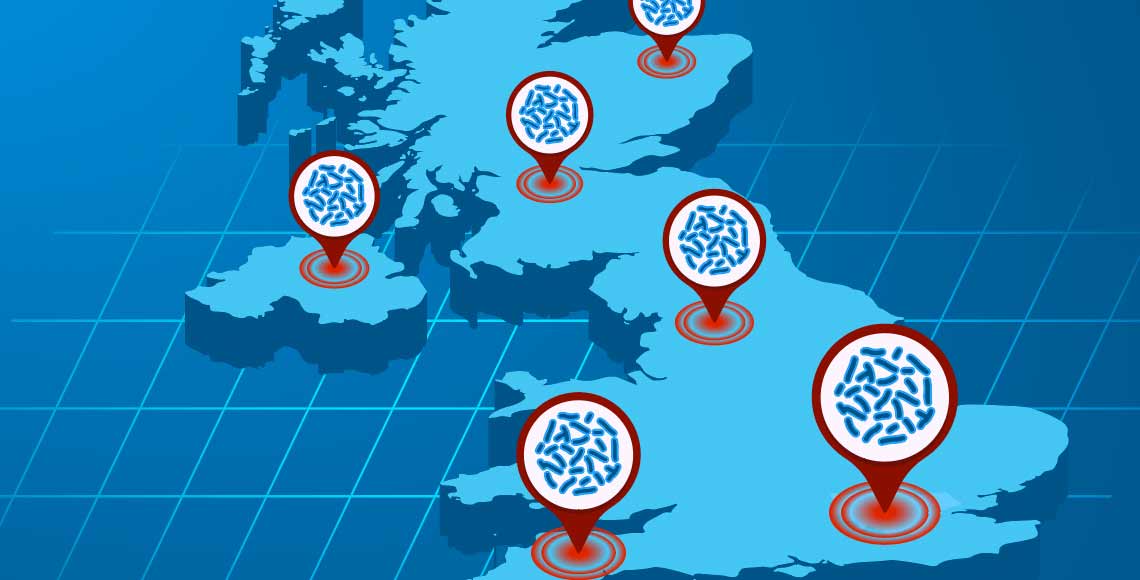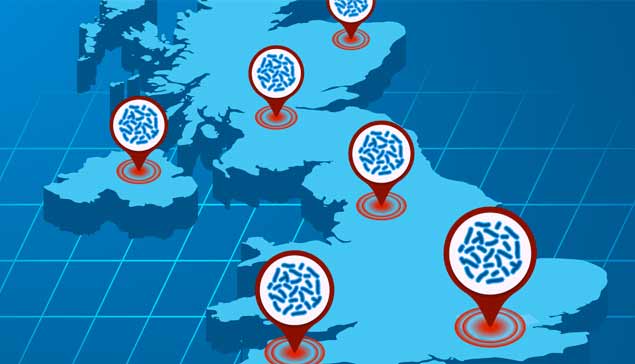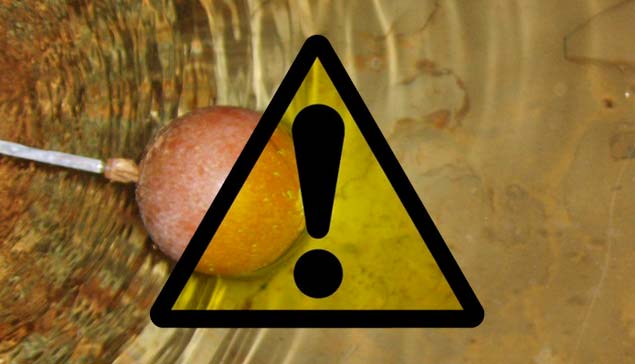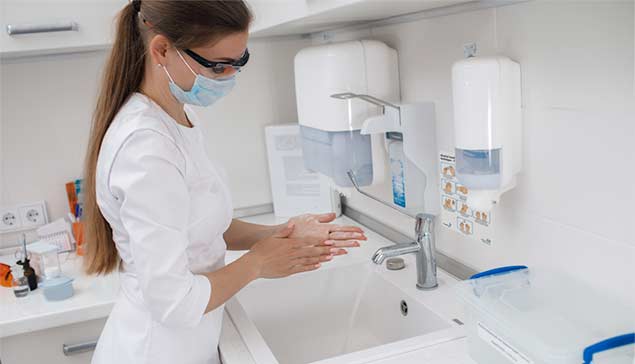ASSOC. COMPANY

Understanding Legionella risk: Regional variations and implications
Legionella, a bacterium found naturally in freshwater environments, can become a serious health concern when it proliferates in man-made water systems. Legionnaires' disease, a severe form of pneumonia caused by inhaling aerosolized Legionella bacteria, poses a significant risk to individuals exposed to contaminated water sources. One crucial factor that can influence the risks of Legionella is the area in which water systems are located, where significant variations of risk can be seen between differing local, regional, and national areas.
In this blog, we delve into the multifaceted relationship between area characteristics and the risk of Legionella outbreaks.
Urban versus rural environments
The density and structure of urban and rural areas play a role in Legionella risk. Large cities such as London, Birmingham, Bristol, Manchester, Leeds, Liverpool, Cardiff, and Nottingham with their intricate network of buildings and water systems, may provide more opportunities for Legionella to proliferate. The close proximity of buildings, combined with higher population density, can result in a greater concentration of aerosolised water droplets carrying Legionella. Conversely, rural areas may have fewer water systems and lower population density, potentially reducing the risk of Legionella transmission.
Climate and temperature
Climate and temperature are pivotal factors influencing the growth and survival of Legionella bacteria. Warm and stagnant water, common in tropical and subtropical climates, creates an ideal breeding ground for Legionella. Large water systems in warm areas, such CWST’s and hot water tanks, are particularly susceptible to Legionella colonisation. On the other hand, colder climates may slow down the growth of Legionella, but the bacterium can still thrive in certain water systems, such as those kept at moderate temperatures.
Industrial and commercial zones
Certain industrial and commercial activities may contribute to Legionella risk. Facilities with complex water systems can provide favourable conditions for Legionella growth. Moreover, manufacturing processes that release water aerosols into the air can pose an increased risk of Legionella transmission. Regular monitoring and maintenance of water systems in such zones are crucial to mitigating Legionella risk.
Water system infrastructure
The state of water supply networks is a critical factor in the risk of Legionella outbreaks. Deteriorating infrastructure, such as aging pipes and plumbing systems, can create conditions conducive to Legionella growth. As pipes degrade over time, they may develop biofilms, providing a protective environment for Legionella bacteria to thrive. Additionally, leaks and breaks in the water supply network can introduce contaminants and compromise water quality, further increasing the risk of Legionella colonisation.
In urban areas with aging water supply networks, the risk is amplified. The intricate web of pipes, some of which may be decades old, can harbour Legionella in hard-to-reach areas. The slow flow of water in aging pipes can lead to stagnation, allowing the bacterium to multiply and contaminate the water supply.
Infrastructure upgrades, maintenance, regular inspections, repairs, and replacements of deteriorating pipes can help minimize the risk of Legionella contamination. Implementing modern materials and technologies that resist biofilm formation and inhibit bacterial growth can contribute to a more resilient and safer water supply network.
Conclusion
Understanding the effects of area characteristics on Legionella risk is vital for developing effective prevention and control strategies. Factors such as urbanisation, climate, industrial activities, and water system infrastructure all contribute to the complex interplay that determines the likelihood of Legionella outbreaks. By recognising these relationships, stakeholders can implement targeted measures to reduce the risk of Legionella transmission and protect public health. Regular monitoring, maintenance, and adherence to best practices in water management are key components of a comprehensive approach to mitigating Legionella risk in diverse areas.
A holistic approach that combines infrastructure improvements, regular maintenance, and good water hygiene practices are paramount. By addressing the challenges posed by deteriorating water supply networks, we can significantly reduce the risk of Legionella outbreaks and ensure the delivery of safe, clean water to communities across diverse areas.






